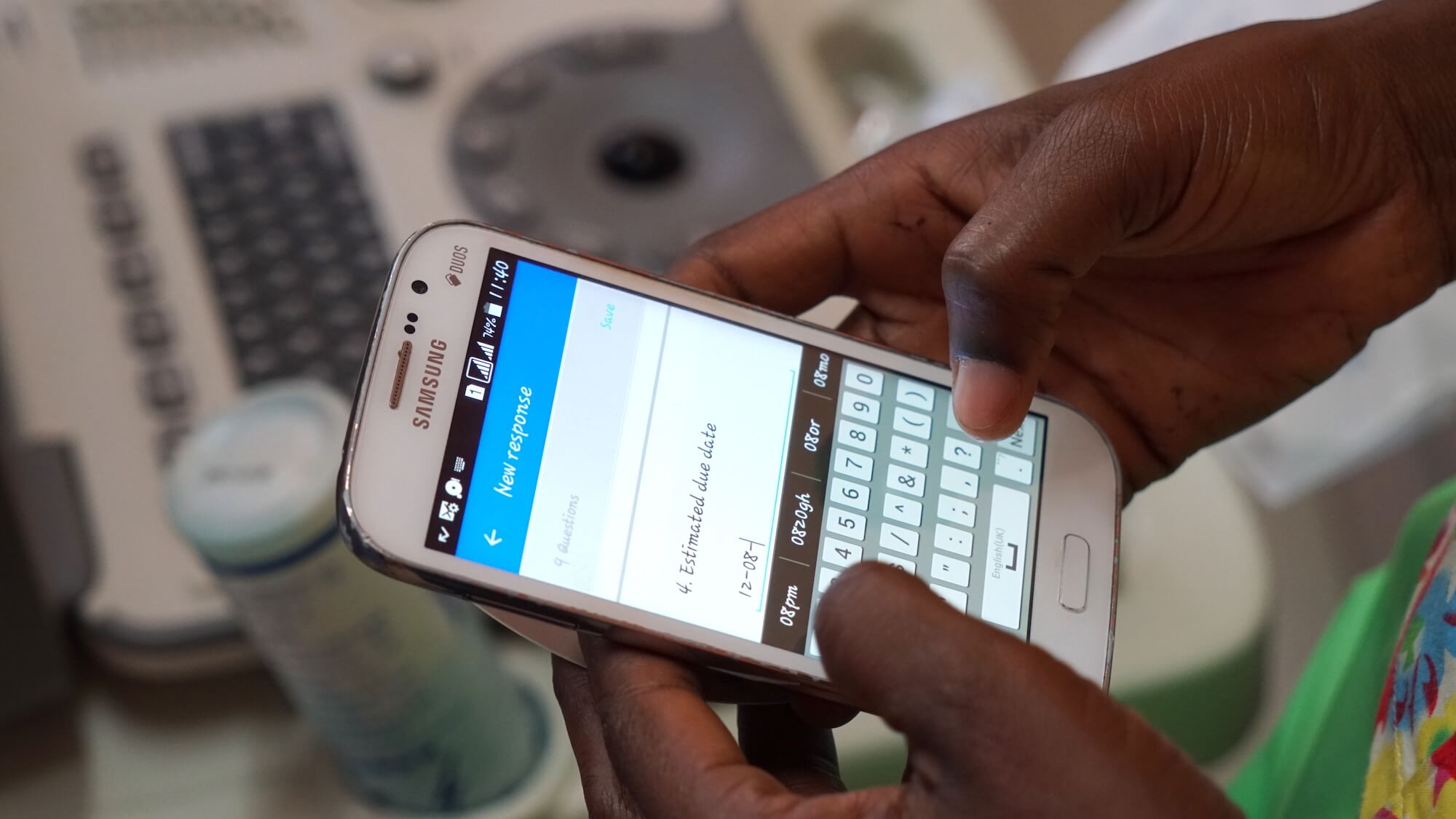In today’s fast-paced digital world, mobile apps that can seamlessly integrate and synchronize real-time data have become essential for providing a smooth user experience. Whether it’s a chat application, a financial trading app, or a collaboration tool, users expect their apps to reflect the most current data at all times. In this blog, we’ll explore how to build a mobile app that integrates real-time data syncing, covering essential concepts, tools, and best practices.

Understanding Real-Time Data Syncing
Real-time data syncing ensures that users receive the latest updates instantly, regardless of the state of their internet connection. This is particularly important for applications that require immediate feedback, such as messaging platforms or live dashboards. Real-time syncing can be implemented using various technologies and approaches, such as WebSockets, HTTP/2, and cloud-based solutions.
Key Benefits of Real-Time Data Syncing
- Enhanced User Experience: Users can interact with the app without delays, leading to a more engaging experience.
- Improved Collaboration: Teams can work together in real time, boosting productivity and efficiency.
- Accurate Data Representation: Users can trust that the data they see is up to date, which is critical for decision-making.
Steps to Build a Mobile App with Real-Time Data Syncing
1. Define Your App’s Requirements
Before diving into development, clearly outline your app’s purpose and the types of real-time data you need to synchronize. Consider the following:
- What data needs to be synced in real-time?
- Who are the end-users, and what devices will they use?
- What scenarios require immediate updates?
2. Choose the Right Technology Stack
Selecting the appropriate technology stack is crucial for building an efficient mobile app. Common components include:
- Frontend: Choose a framework like React Native, Flutter, or Swift (iOS) and Kotlin (Android) for native development.
- Backend: Use Node.js, Django, or Ruby on Rails to create the server-side logic.
- Database: Select a real-time database such as Firebase Firestore, MongoDB, or PostgreSQL with support for real-time updates.
- WebSockets: Utilize libraries like Socket.IO for real-time communication between the client and server.
3. Implement Real-Time Data Syncing
To enable real-time syncing, follow these approaches based on your chosen technology:
- WebSockets: Establish a persistent connection between the client and server to allow bidirectional communication. This is ideal for applications like chat or live sports scores.
javascript
const socket = io('https://yourserver.com');socket.on(‘dataUpdate’, (data) => {
// Update the app with new data
}); - Firebase: Use Firebase’s real-time database or Firestore, which automatically syncs data across all clients in real-time. This is particularly useful for applications that require minimal server-side setup.
javascript
const db = firebase.firestore();db.collection(‘yourCollection’).onSnapshot((snapshot) => {
snapshot.docChanges().forEach((change) => {
if (change.type === ‘added’) {
// Handle added document
}
});
}); - Polling: If WebSockets are not feasible, implement a polling mechanism that periodically fetches data from the server. While this is less efficient, it can still provide near-real-time updates.
4. Handle Offline Scenarios
Real-time syncing should be resilient, allowing users to access the app and its data even when offline. Implement strategies such as:
- Local Storage: Use local storage or SQLite to cache data for offline access.
- Conflict Resolution: Develop mechanisms to handle conflicts when syncing resumes after an offline period.
5. Optimize Performance
Ensure that your app performs well under real-time conditions:
- Reduce Payload Size: Send only the necessary data to minimize network usage.
- Throttle Updates: Limit the frequency of updates to prevent overwhelming the client.
- Optimize Database Queries: Use indexing and other techniques to speed up data retrieval.
6. Test Thoroughly
Conduct extensive testing to ensure that real-time syncing works as expected. Focus on:
- User Interface: Ensure the UI updates promptly and accurately reflect the current data.
- Network Conditions: Test under various network scenarios, including poor connectivity.
- Concurrency: Simulate multiple users interacting with the app simultaneously to identify any potential issues.
7. Monitor and Maintain
Once your app is live, continuously monitor its performance and user feedback. Use analytics tools to track real-time data usage and identify areas for improvement. Regular updates and maintenance will help ensure a smooth user experience.
Conclusion
Building a mobile app that integrates real-time data syncing is a challenging yet rewarding endeavor. By choosing the right technology stack, implementing efficient syncing methods, and optimizing performance, you can create an app that provides users with a seamless and engaging experience. As technology continues to evolve, staying updated with the latest tools and best practices will be essential for maintaining your app’s effectiveness in the competitive mobile landscape.


No responses yet